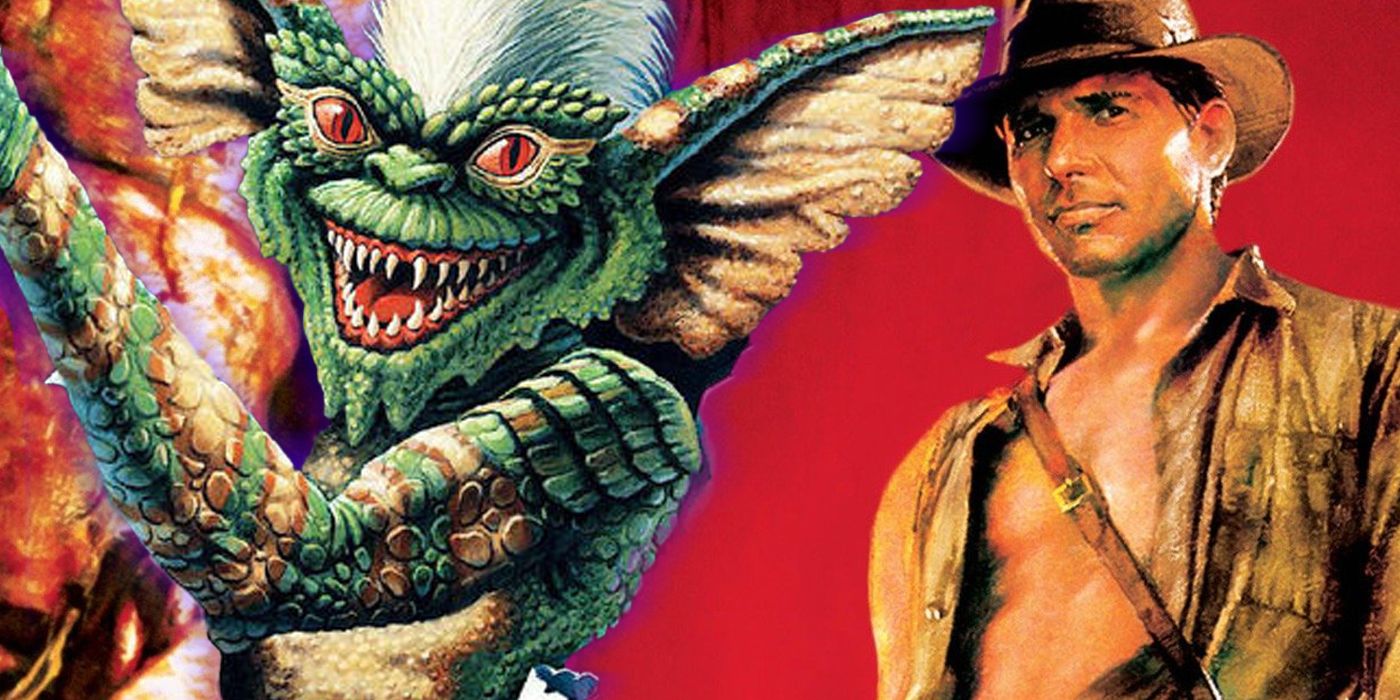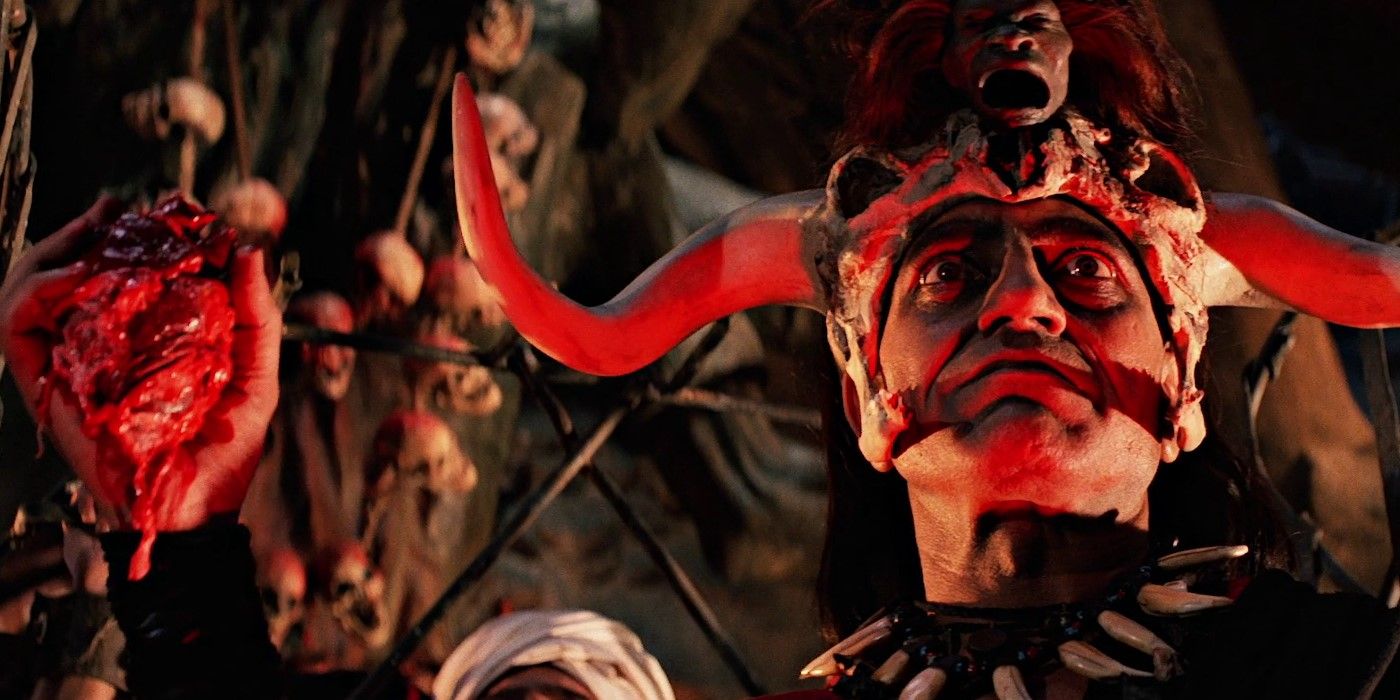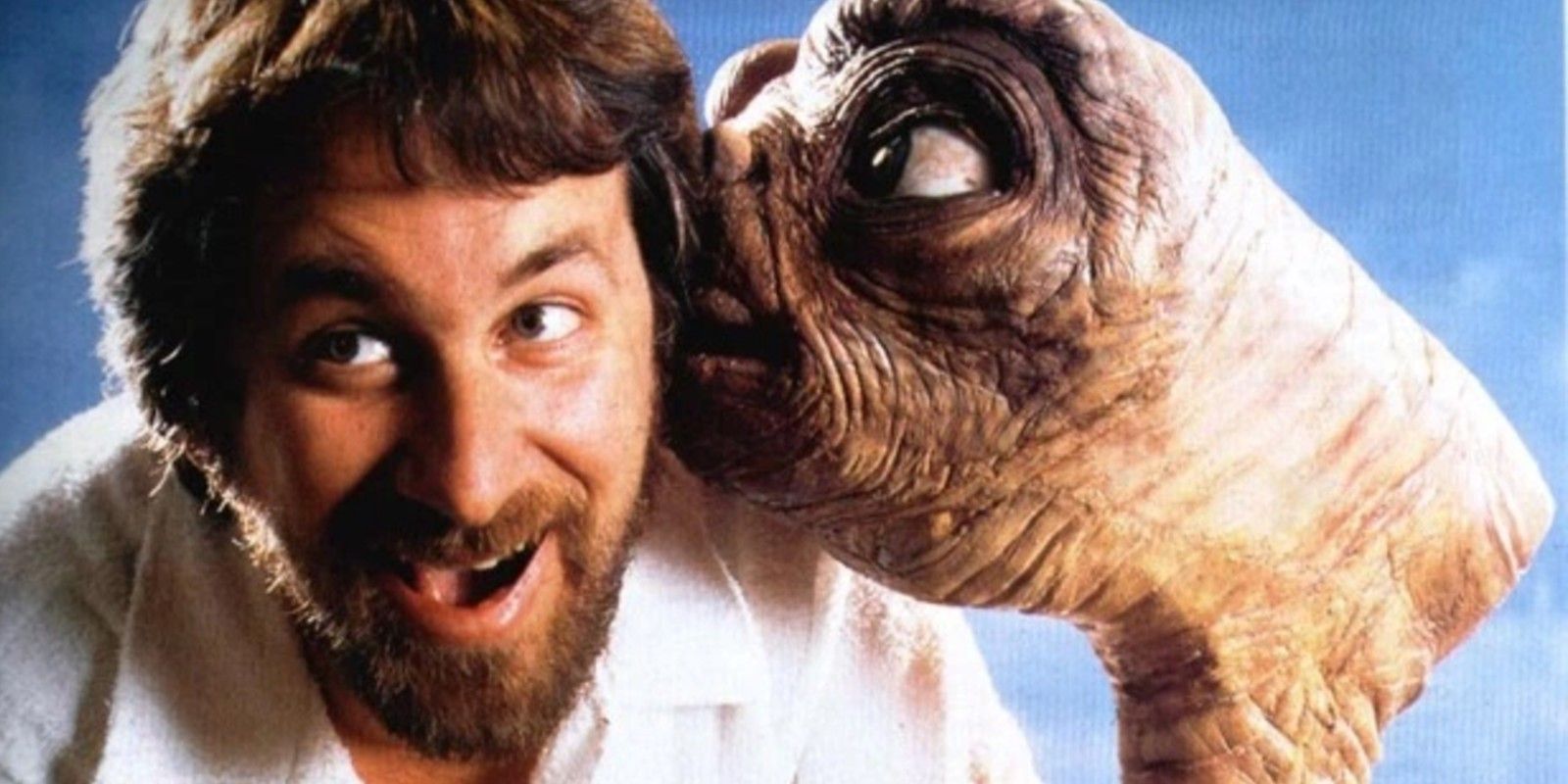The PG-13 rating is such a common aspect of blockbuster films that it is hard to believe there was ever a time when it did not exist. Nearly every big movie has it proudly displayed on their posters and trailers, and getting any rating higher or lower than that can cause certain moviegoers to decide the film is too adult or too childish even before they see it. While this generalization can be unfair, especially when some of the best films fall into the category of PG or R, it does show how vital a PG-13 rating can be to any movie looking to grab a wider audience.
Yet, before 1984, the PG-13 rating did not exist. Instead, the Motion Picture Association of America (MPAA) had only four ratings to draw from. Those ratings were G, PG, R and X. The center two were where most Hollywood films landed. However, the significant gap between what makes a film PG and what makes it R often brought with it several problems. Due to the PG rating’s strict code, many filmmakers toned down important moments just to keep their film from being branded as R. It wasn’t until the release of two films in particular that the MPAA finally added the now prevalent PG-13 rating: Indiana Jones and the Temple of Doom and Gremlins.
Temple of Doom & Gremlins Were Too Intense for Younger Audiences
When Indiana Jones’ second installment, Temple of Doom, was released in 1984, it did not receive many favorable reviews. While opinions ranged from the film being too silly to it being too dumbed down, there was one viewpoint that seemed common among virtually all viewers. The film's graphic depictions, which included children being abused and a man’s heart being ripped out of his chest, had proven to be too much for the average moviegoing audience, especially for the demographic that typically went to see such a movie. And at the time of the movie’s release, there were not many ways to warn viewers of the film’s intensity without giving the film an R-rating.
This same problem went on to plague another big film less than a month later. While Gremlins was more warmly received than Temple of Doom, many critics and viewers were just as quick to deem it too violent. This criticism was equally warranted, if not more so. The film’s abundance of gruesome death scenes, which involve both gremlins and victims alike, far exceeds what is expected from a PG-rated film.
How Steven Spielberg Created a New Rating System
While these movies were not the first PG films to be scrutinized for their violence, they were the first to influence the rating system. The reason for this had to do with Steven Spielberg. The director already had a long history of dealing with the MPAA’s censorship. In Raiders of the Lost Ark, for instance, he had to tone down a scene that involved a character's head exploding in graphic detail just to keep the film PG-rated. However, after the MPAA was insistent on giving Temple of Doom an R-rating, Spielberg argued against it, believing that the film did not go far enough to warrant it.
They eventually caved in and gave Temple of Doom its PG-rating, but the PG versus R debate re-emerged when Gremlins, a film that Spielberg served as an executive producer on, was released a few weeks later. This caused Spielberg to speak with the head of the MPAA at the time about the possibility of creating a new rating that was suitable for films like Temple of Doom and Gremlins. It was after this meeting that the PG-13 rating was created.
It did not take long for the MPAA to issue their newest rating. Red Dawn, a film directed by John Milius that depicted what would happen if the Soviet Union invaded America, became the first film to be given the PG-13 rating. It was released on August 10, 1984, only a few months after Gremlins. While the film’s reviews were mixed, its rating allowed it to be critiqued beyond its violent content.
Ever since then, the PG-13 rating has changed the landscape of films. No longer is PG considered the norm for big Hollywood blockbuster films, and filmmakers can include more mature content in their films without worrying too much about whether it qualifies for a specific rating. As such, there is no denying just how much of an impact the PG-13 rating has had on the film industry.



